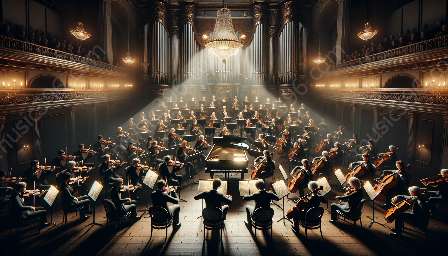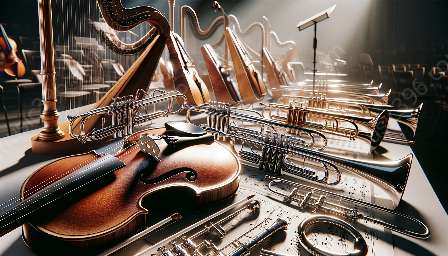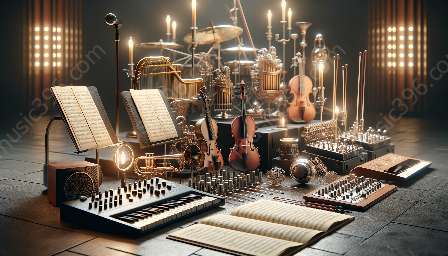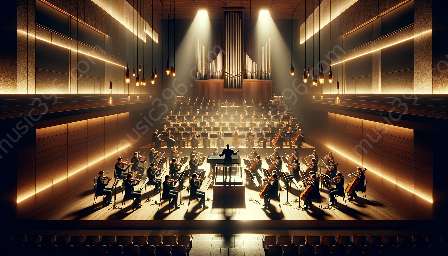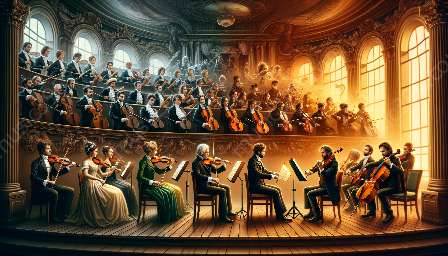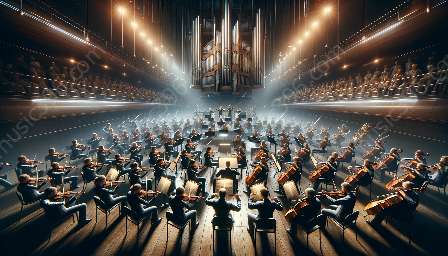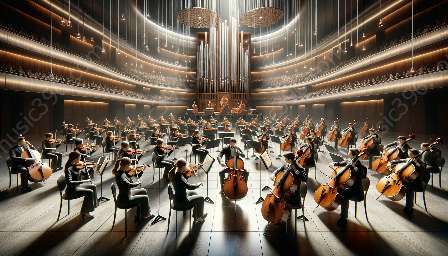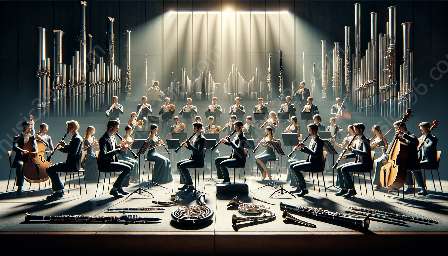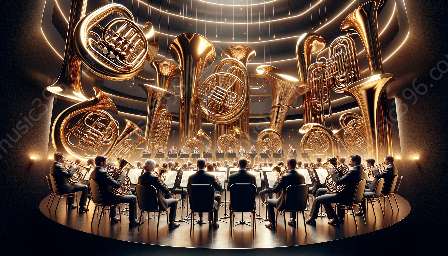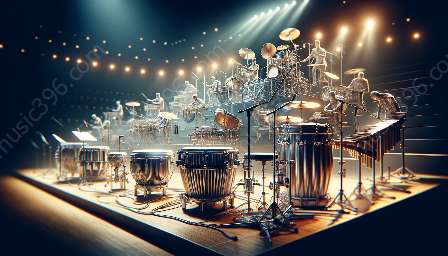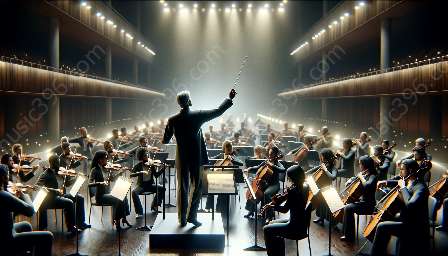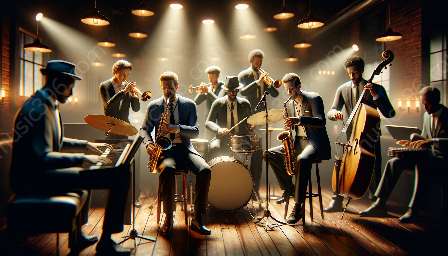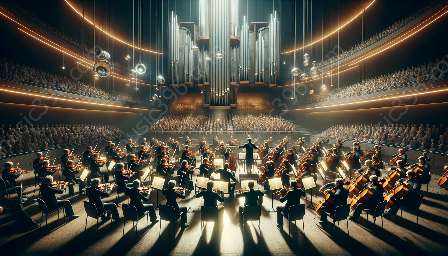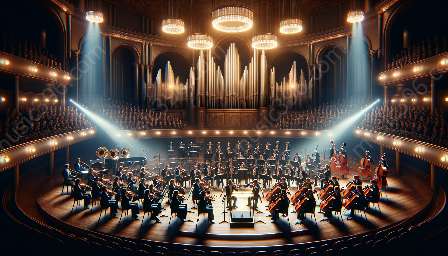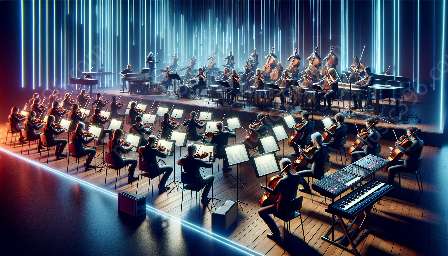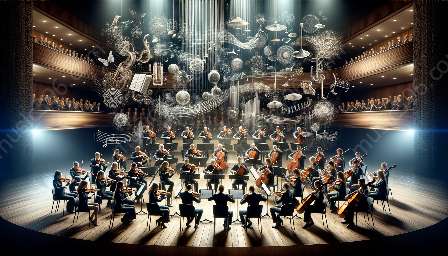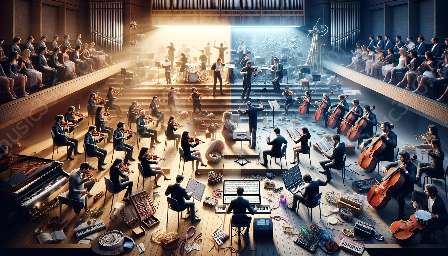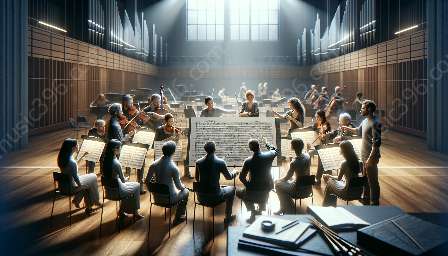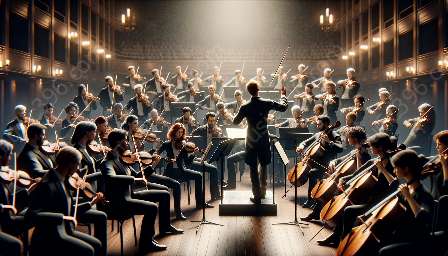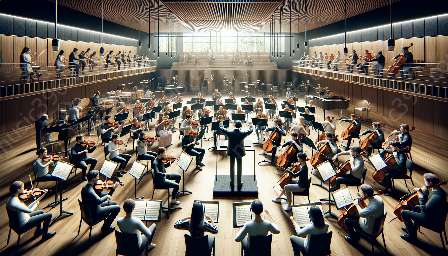Orchestration in music refers to the arrangement of different instruments in an ensemble, and it plays a significant role in shaping the overall sound and mood of a piece. Understanding the historical context and the orchestration choices made by composers allows us to appreciate the evolution of orchestral music and the innovative techniques used to create various musical effects.
Historical Context
The historical context of orchestral music is rich and diverse, reflecting the cultural, social, and artistic developments of different eras. From the Renaissance period to the present day, orchestral music has undergone significant changes in terms of styles, forms, and instrumentation, each influenced by the historical and cultural milieu of its time.
During the Baroque era, composers such as Johann Sebastian Bach and Antonio Vivaldi made extensive use of small ensembles, with the harpsichord often serving as the backbone of the orchestration. The Classical period, epitomized by the works of Wolfgang Amadeus Mozart and Joseph Haydn, saw the solidification of the symphony orchestra and the establishment of the sonata form. The Romantic era brought about a surge in orchestral expansion, with composers like Gustav Mahler and Richard Wagner composing large-scale symphonies and operas that demanded a diverse range of instruments and an expanded orchestra.
The modern and contemporary periods have seen composers experimenting with unconventional instrumentations and electronic sounds, pushing the boundaries of orchestration and creating new sonic landscapes in orchestral music.
Orchestration Choices
Orchestration choices are dynamic and versatile, reflecting the creative decisions made by composers to convey specific emotions, evoke imagery, and create dramatic impact within their compositions. Composers utilize a wide array of instruments, each with its own unique timbre and expressive capabilities, to achieve their desired sonic effects.
Some key orchestration choices include the selection of instruments, their combinations, and their specific roles within the orchestral texture. Through careful orchestration, composers can create a delicate balance between different sections of the orchestra, manipulate dynamics, and craft intricate harmonies and counterpoint.
Instrumentation in Orchestration
Understanding instrumentation is essential in orchestration, as it involves the knowledge of individual instruments, their ranges, technical abilities, and blending characteristics. Whether it's the soaring melodies of the violin, the rich and resonant tones of the French horn, or the percussive punctuations of the timpani, each instrument contributes to the overall orchestral palette.
Composers meticulously consider the capabilities and limitations of each instrument when making orchestration choices, aiming to exploit their unique qualities to achieve a desired expressive impact. For example, the use of woodwinds such as flutes and clarinets can evoke a sense of ethereal lightness or melancholic introspection, while the brass section, including trumpets and trombones, can deliver powerful, majestic statements or stirring fanfares.
Orchestration also involves the exploration of unconventional techniques and extended instrumental effects, such as employing string instruments to create harmonics, utilizing percussion to produce intricate rhythmic patterns, and incorporating electronic or synthesized sounds to expand the sonic palette of the orchestra.
Principles of Orchestration
The principles of orchestration encompass a wide range of techniques and strategies used by composers to effectively manipulate the timbres and textures of the orchestra. These principles include considerations of instrumental ranges, dynamics, articulations, and timbral combinations, as well as the spatial distribution of instruments within the ensemble.
Orchestration also revolves around the concept of orchestral color, which refers to the unique tonal qualities and timbres associated with different instrument combinations. Composers harness the vivid spectrum of orchestral colors to create vivid sonic tapestries, from the delicate subtleties of chamber music to the grandeur of large-scale orchestral works.
As composers navigate the complexities of orchestration, they employ techniques such as doubling, divisi, and orchestrational contrast to achieve a diverse and nuanced orchestral palette, while maintaining clarity and balance within the ensemble.
The Art of Orchestration
The art of orchestration transcends technical proficiency, requiring a deep understanding of historical context, instrumental capabilities, and compositional innovation. By delving into the historical context and understanding the orchestration choices made by renowned composers, we gain insight into the evolution of orchestral music and the enduring principles that continue to shape orchestration today.
From the stylistic nuances of different historical periods to the orchestral innovations of modern composers, the exploration of orchestration invites us to experience the captivating interplay of instruments and the rich tapestries of sound that define orchestral music.

